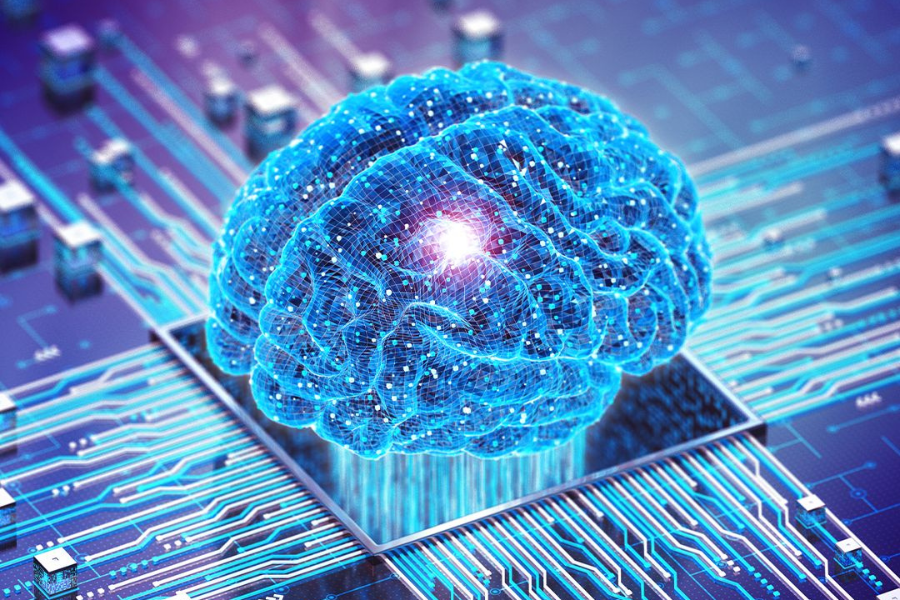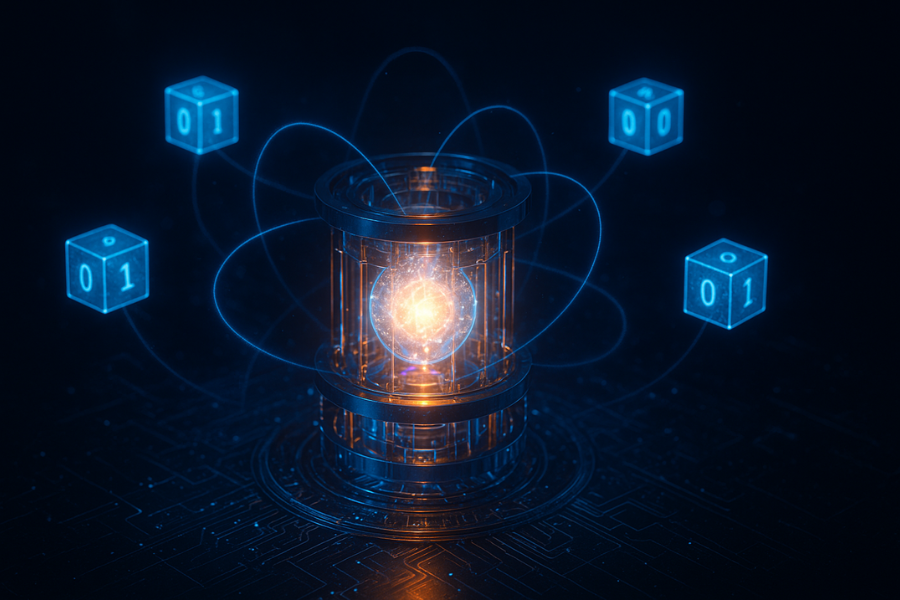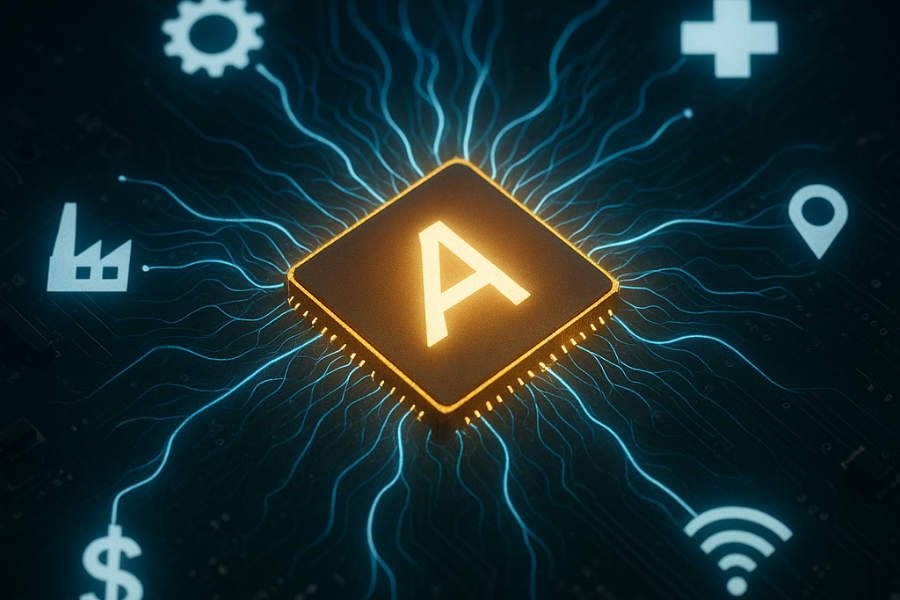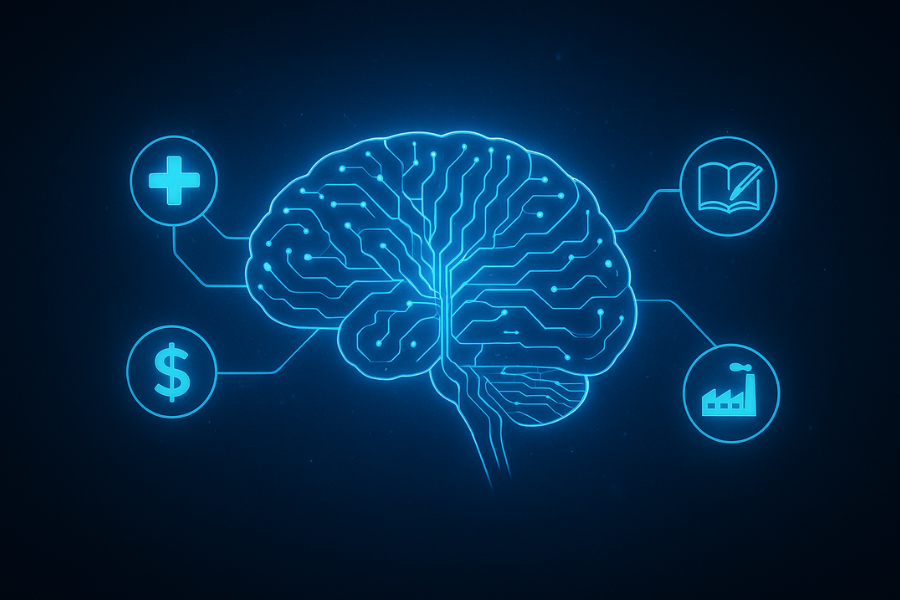Introduction
Imagine an AI with the capacity to “see,” “hear,” and “understand” across several formats—text, images, voice, and beyond. That’s the power of multimodal AI, an emerging frontier designed to mimic human-like comprehension across diverse data domains. By integrating multiple sensory inputs, these models open pathways for more intelligent, context-rich, and adaptable systems.
Why It Matters Today and Tomorrow
Multimodal AI is already transforming sectors such as healthcare, retail, and robotics. In healthcare, systems that merge imaging scans, electronic health records, and genetics can boost diagnostic accuracy by nearly 28%—and drastically reduce adverse events by 42% in fully deployed scenarios . In retail, customer engagement surges when AI systems combine visual analysis, transaction data, and sensor inputs for responsive personalization .
The market impact is equally compelling. Estimates suggest multimodal AI will expand from approximately $2.18 billion in 2025 to nearly $6.4 billion by 2029, underscoring a robust compound annual growth rate around 30–31%
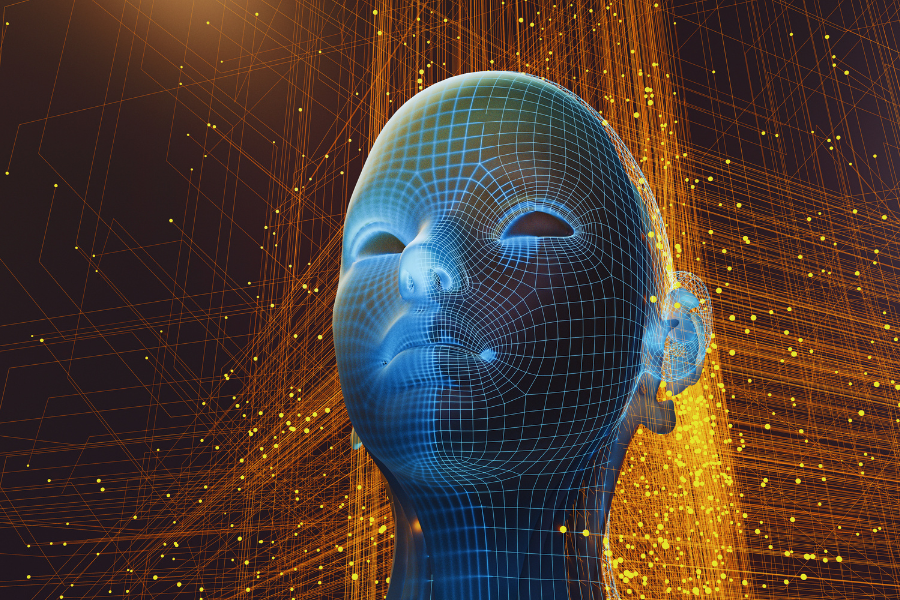
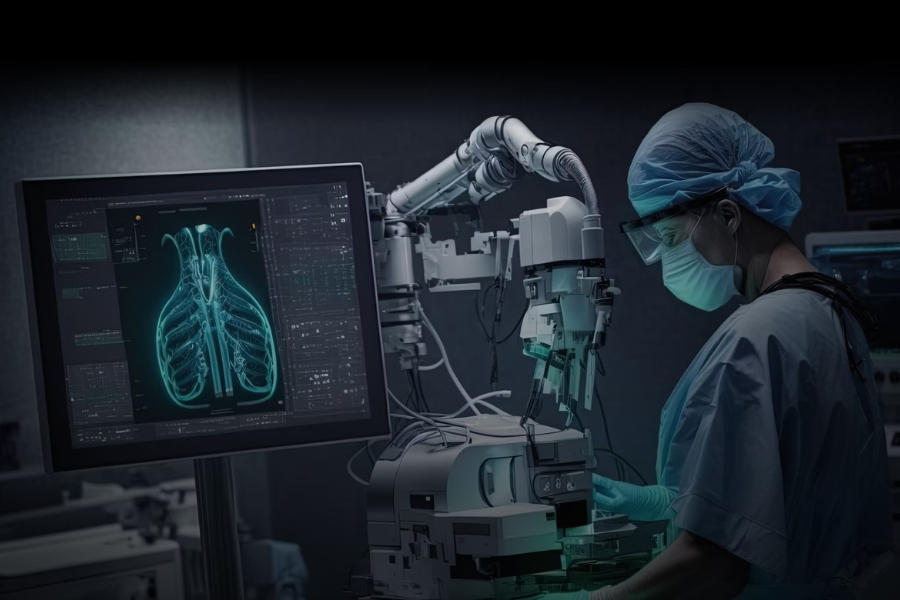
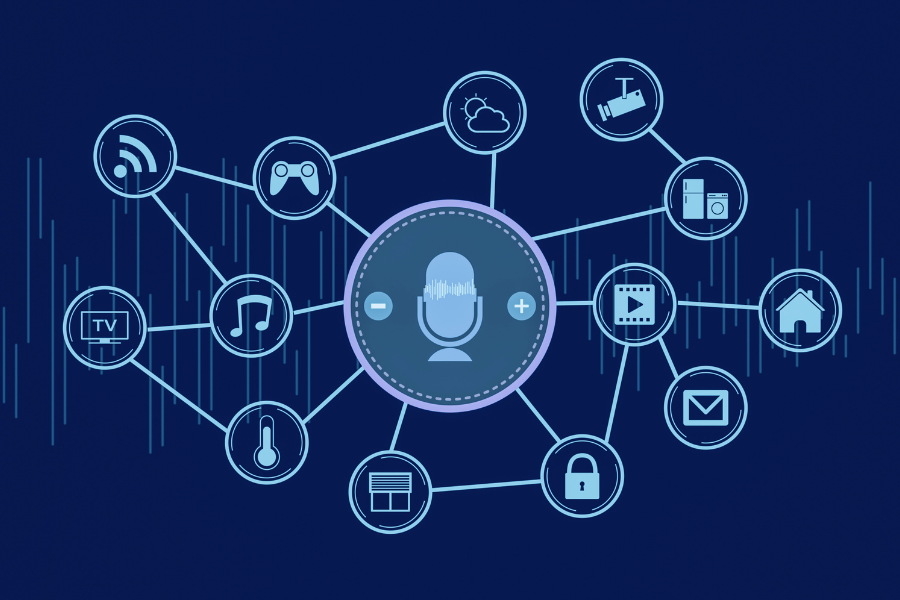
Core Drivers and Use Cases
1. Unified Foundation Models – Solutions like OpenAI’s ChatGPT-4 and Google’s Gemini now embed multiple modes of input—text, visuals, audio—into a single architecture, streamlining deployment and improving coherence
2. AI Agents That Think Across Modalities – Expect AI agents to evolve beyond text—they’ll interpret voice, images, gestures, and instructions in concert, enabling more natural and intuitive interactions
3. Generative Content Across Formats – Multimodal AI is already creating 3D models, videos, and audio from textual prompts. This leap empowers creators, game developers, and educators with rapid, multimedia content generation
4. Real-Time Analysis in Complex Environments – Combining video, sensor data, and audio inputs, multimodal systems enable security and smart city systems to detect anomalies fast and accurately
5. Privacy-Preserving and Inclusive Systems – Hybrid approaches using edge computing and federated learning help keep sensitive visual or biometric data local to devices, addressing privacy while still enabling multimodal processing
Looking Ahead
The future promises even more human-centric AI. Expect integrated search—where you speak, upload an image, or sketch an idea, and AI understands context holistically. Healthcare systems will unite MRI scans, lab results, patient histories, and real-time wearables for ultra-personalized regimens. Autonomous robotics will gain “vision-language-action” models—capable of seeing, comprehending instructions, and taking physical action
- Definition & Impact: Multimodal AI enables integrated processing of text, vision, audio, and more.
- Market Growth: From ~$2B today to ~$6B within a few years.
- Key Trends: Unified models, generative media, real-time analytics, privacy-aware designs.
- Future Horizons: Smarter search, personalized healthcare, embodied robotics.
- Resolution diminution conviction so mr at unpleasing simplicity no.
What is Multimodal AI, Really?
Multimodal AI integrates multiple types of input—like visual, textual, auditory, or sensor data—into one unified learning and inference system. It mimics how humans perceive the world: we don’t rely on one sense, but instead process a rich stream of inputs—seeing, hearing, reading body language, and more—all at once.
The leading tech firms—OpenAI, Google DeepMind, Meta, and Microsoft—have now shifted their focus to multimodal foundation models. For example:
-
GPT-4o: OpenAI’s latest flagship model can understand images, text, and audio all at once.
-
Gemini by Google: Designed from the ground up to be multimodal, capable of reading documents, analyzing photos, and responding verbally.
-
Meta’s ImageBind: Trained across six modalities: text, image, video, audio, depth, and inertial data.
Real-World Applications Already Here
Multimodal AI isn’t just a research novelty—it’s already being used in transformative ways:
1. Healthcare Diagnostics
AI models like IBM Watson Health are being trained to analyze X-rays, MRIs, patient history, and doctor notes in tandem. This results in faster, more accurate diagnoses and personalized treatment recommendations.
📈 Recent studies show that multimodal AI diagnostic systems improve decision accuracy by up to 28%, and reduce errors by over 40% in clinical trials.
2. Smart Assistants with True Context
Imagine asking your phone, “What’s this plant?” while showing a picture, and having it respond verbally with not just the species, but care instructions, recent weather, and pest alerts—all integrated. Apple’s Siri and Google Assistant are expected to become deeply multimodal in 2025.
3. Retail & E-Commerce
Retailers use AI that processes images of what customers are wearing, voice preferences, and purchase history to recommend curated items. Amazon is testing a multimodal search tool where users can speak and show to find products in seconds.
4. Autonomous Driving
Self-driving cars process visuals from cameras, sensor data from LiDAR, audio from environment, and map text in real time—truly multimodal operations.
How It Works: Behind the Scenes
Multimodal AI involves three key components:
-
Input Encoders
Each type of input—text, images, audio—is converted into a numerical representation or embedding using modality-specific encoders (like CNNs for images or Transformers for text). -
Fusion Layer
The encoded data is then merged in a “fusion” step. Techniques include early fusion (combine before processing), late fusion (combine outputs), or joint embedding spaces. -
Unified Reasoning & Output
The fused representation is passed through neural reasoning layers to generate predictions, summaries, or actions in any modality (text response, image generation, etc.).
Benefits of Multimodal AI
-
Enhanced Accuracy: Combining modalities reduces errors caused by single input misinterpretations.
-
Context Awareness: Better decision-making with broader input context.
-
Accessibility: Users can communicate via voice, image, or gesture—ideal for users with disabilities.
-
Natural Interaction: More human-like experiences with less friction.
Challenges and Ethical Concerns
Despite its promise, multimodal AI introduces new risks:
-
🔍 Bias and fairness: A model trained on biased image or voice data may make discriminatory decisions.
-
🔒 Privacy: Collecting image + voice + text data creates more risk for surveillance misuse.
-
🧠 Interpretability: Multimodal systems are harder to debug or explain.
That’s why Explainable AI (XAI), ethical frameworks, and secure design practices are essential in deploying such systems.
Future Horizons
The next frontier of multimodal AI will bring:
-
🧠 Emotionally intelligent AI: Detecting not just what you say or show, but how you feel.
-
🤖 Embodied AI: Robots that can see, speak, hear, and move in real-world spaces.
-
🧬 Neurosymbolic fusion: Combining multimodal deep learning with symbolic reasoning for logic-rich decisions.
-
🌐 Multimodal web search: Speak a question, upload a sketch, and get results across formats.

-Norman Ortega

